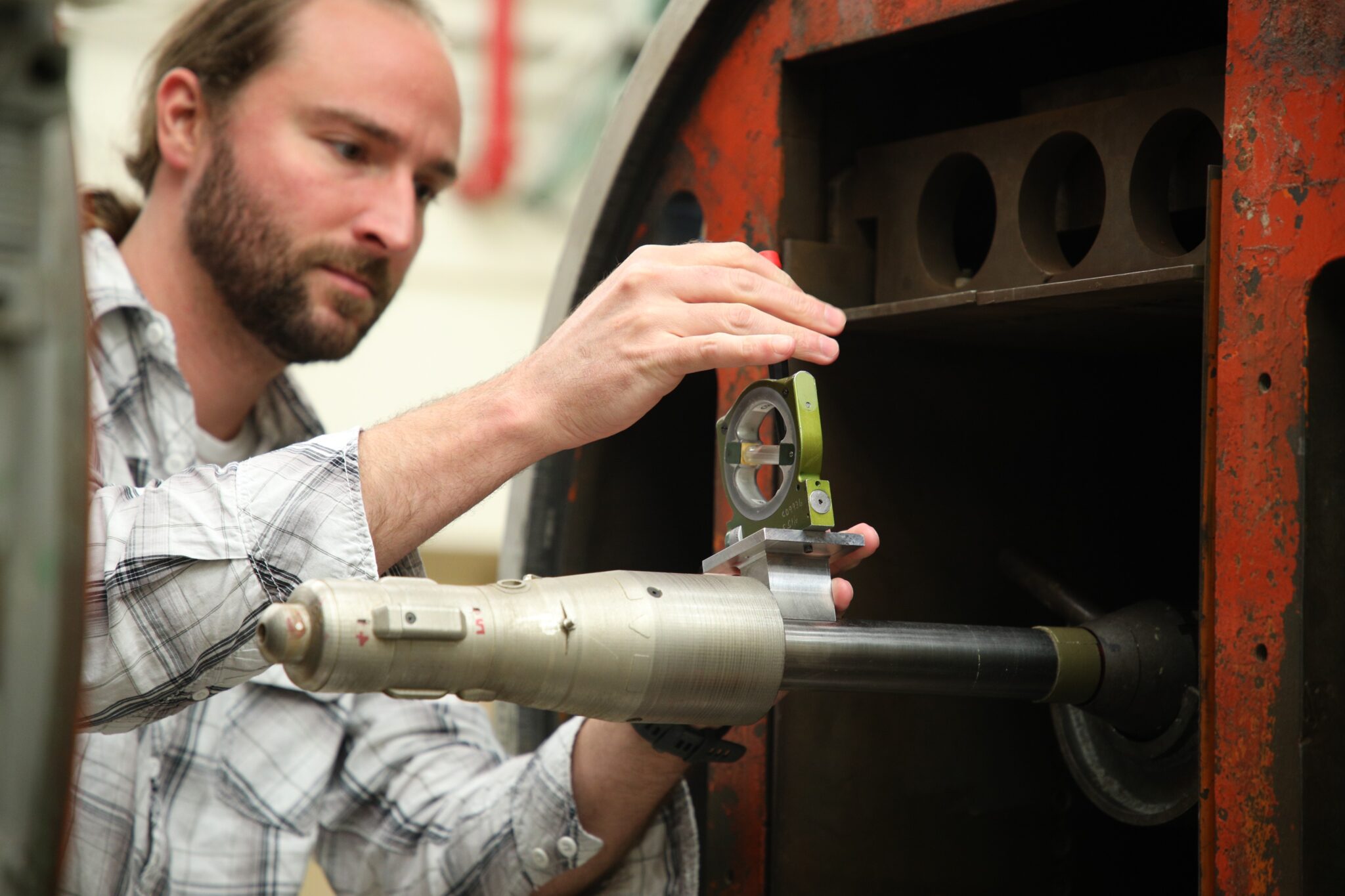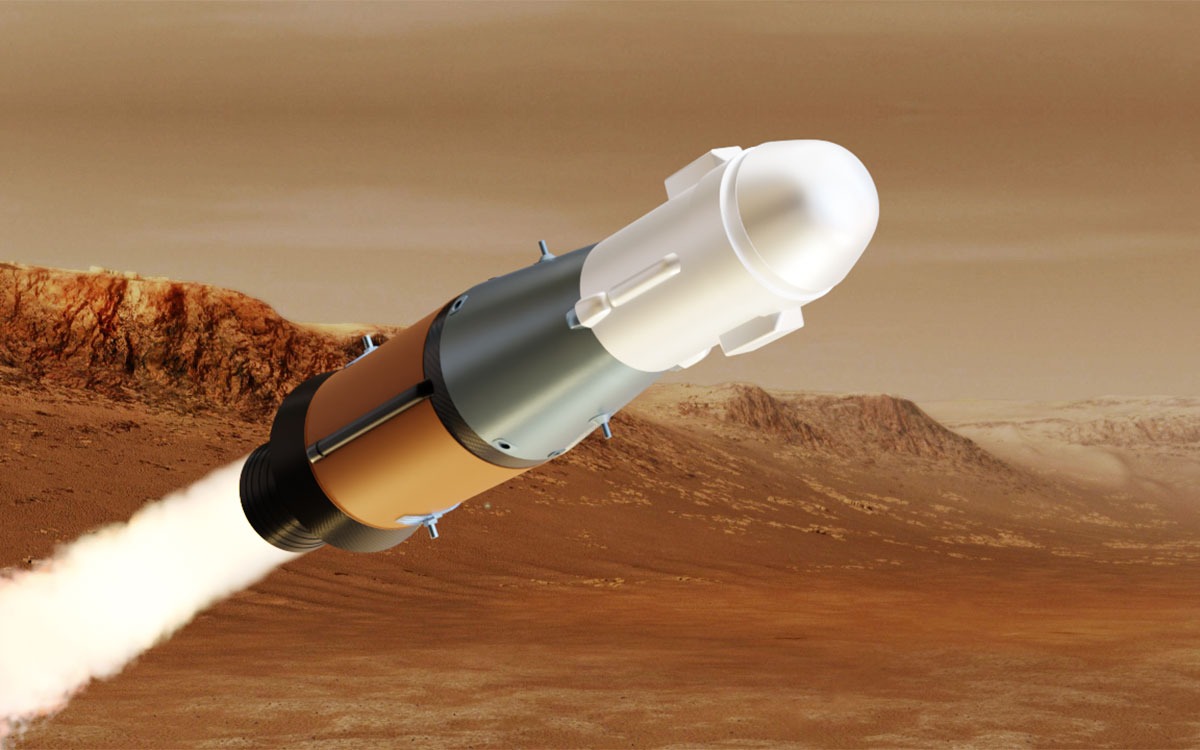The team, known as MAV (Mars Ascent Vehicle), recently successfully completed a series of tests in a huge wind tunnel located at NASA’s Marshall Space Flight Center. It has been an important component of NASA programs since the glorious era of the Apollo lunar program.

This specially adapted wind tunnel, which previously tested spacecraft in low Earth orbit and for traveling to the Moon, now plays a key role in preparing for the historic launch of the first rocket from Mars. MAV is an integral part of NASA and the European Space Agency’s (ESA) global plan to return scientific Martian samples to Earth in the early 2030s.
During July 10-15, the team conducted tests, during which they collected important aeroacoustic data. This data will help scientists understand how the MAV design works, thanks to models made using 3D printing. The test results will improve the reliability of the MAV, which is important for the mission of delivering Martian samples into orbit.
Tiny tunnel for huge rockets
This wind tunnel, located in the Marshall Center, has very compact dimensions: 60.9 cm in length, 35.5 inches in height and width. However, it can reach supersonic speeds of up to Mach 5 (about 6125 km/h) and has an impressive test history, including rockets such as Redstone, Jupiter-C and Saturn, as well as Space Shuttle and the SLS (space launch system).
Annie Catherine Barnes, head of the MAV aeroacoustics department, noted that their team had to test scale models from different angles in this wind tunnel to study the effect of air flow on the MAV design. Barnes compared this to turbulence in the flight of an airplane.
“We’re looking for areas of turbulent flow for launch vehicles. We’re looking for shock oscillations and large areas of pressure fluctuation that can cause a structural response,” explained Barnes.
The data collected during this July campaign and other analyses will help create a more accurate portrait of the atmospheric conditions that MAV will encounter as the first vehicle to launch from the surface of another planet.
Return of samples
MAV plays a key role in the mission of returning Martian samples to Earth. Within the framework of a strategic partnership with ESA, technologies and preliminary projects of missions are being developed that will carry out the first return of samples from another planet. The samples collected by NASA’s Perseverance rover can reveal the secrets of the early evolution of Mars and the possibility of the existence of ancient microbial life.

The MAV rover, operated from the Marshall Center, will set off from Earth on a two-year journey to Mars aboard a lander. It will stay there for almost a year, collecting samples prepared by the Perseverance rover.
After loading the samples into the rocket container on the lander, the MAV will launch from Mars and enter orbit around the planet. There, it will detach a container with samples to be caught by an ESA-designed orbiter that will deliver them to Earth.
Samples are expected to arrive on Earth in the early 2030s. The Mars sample return program is managed by NASA’s Jet Propulsion Laboratory in Southern California.
Earlier we reported on how NASA used helicopters for a mission to deliver Martian soil.
According to NASA
Follow us on Twitter to get the most interesting space news in time
https://twitter.com/ust_magazine
